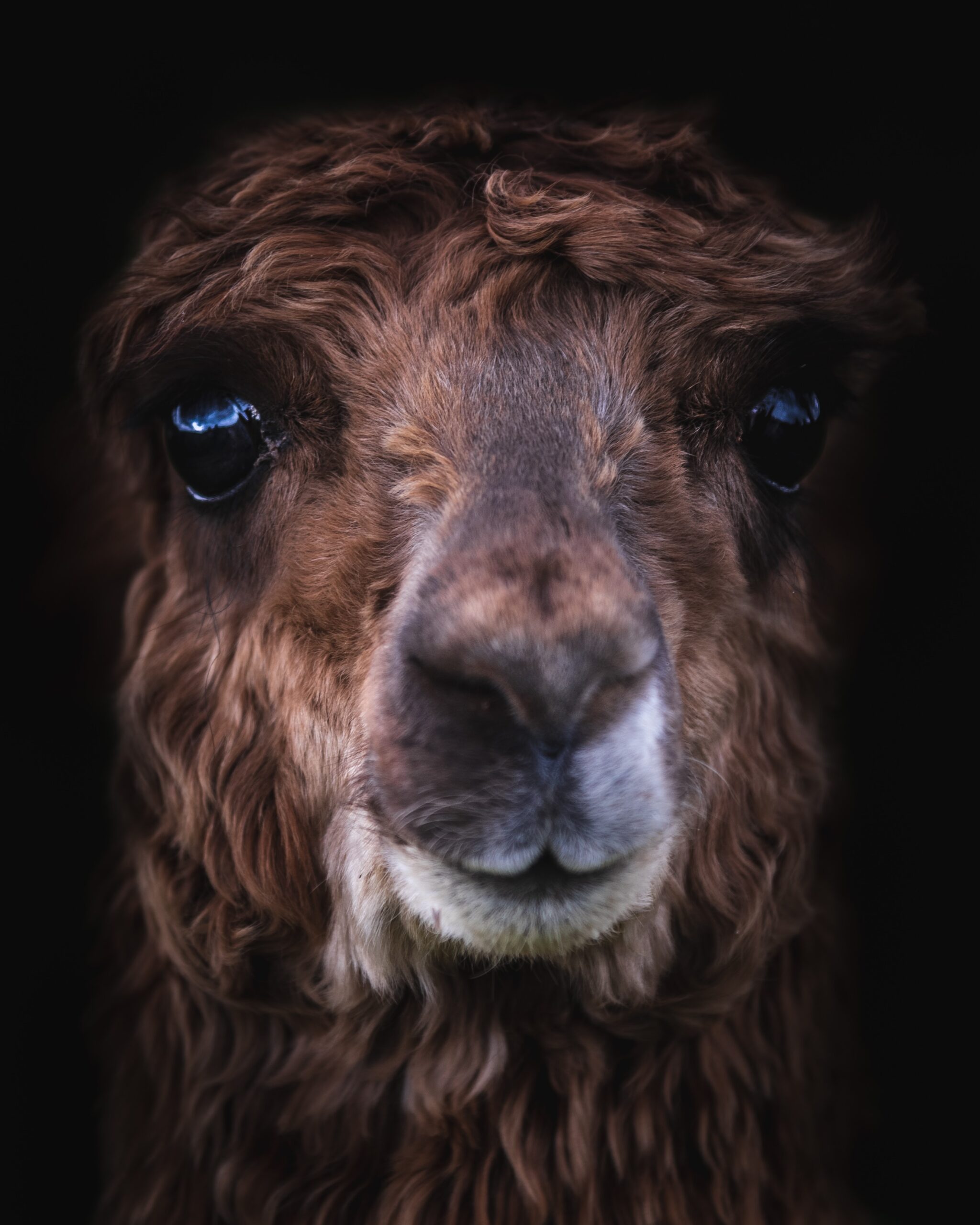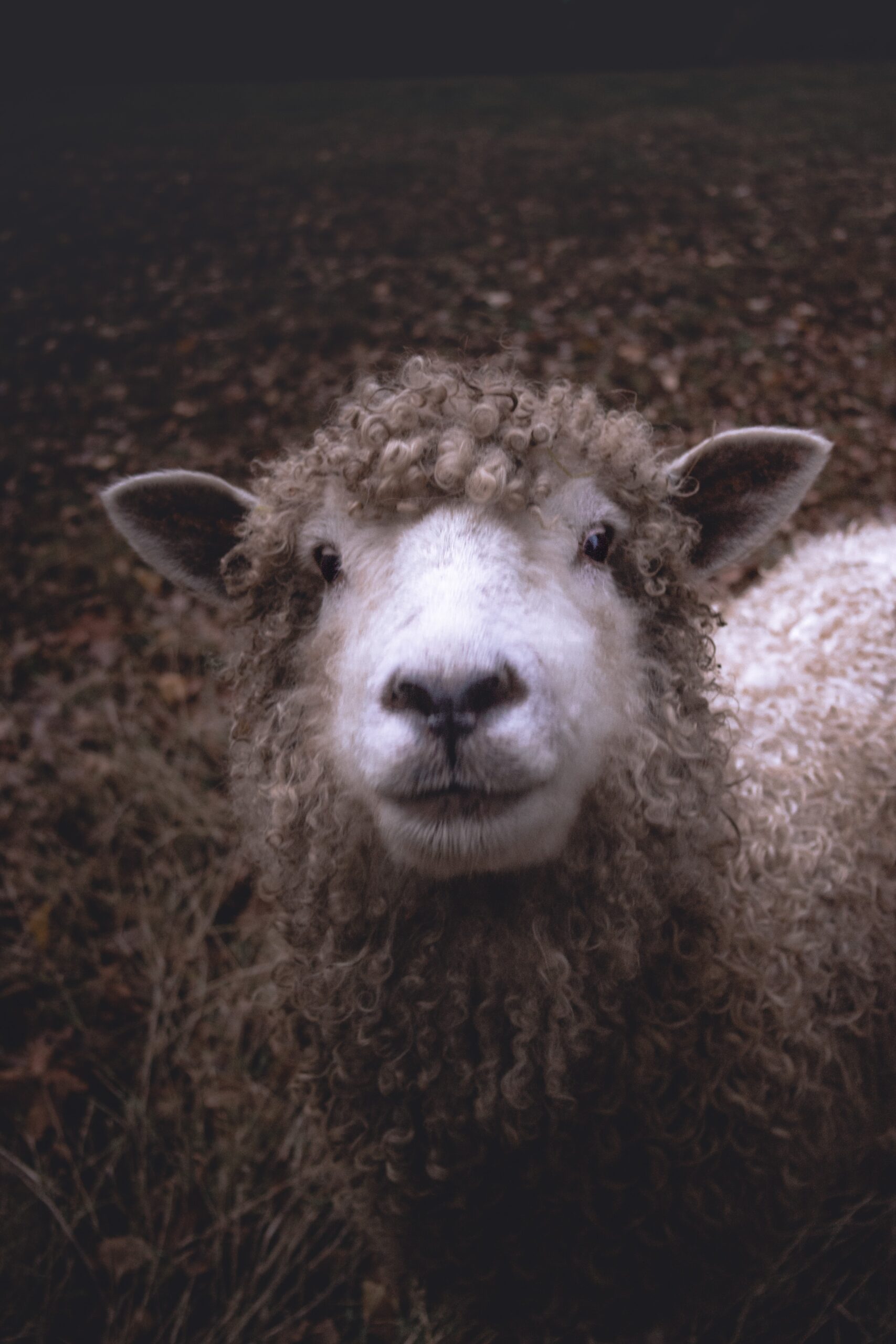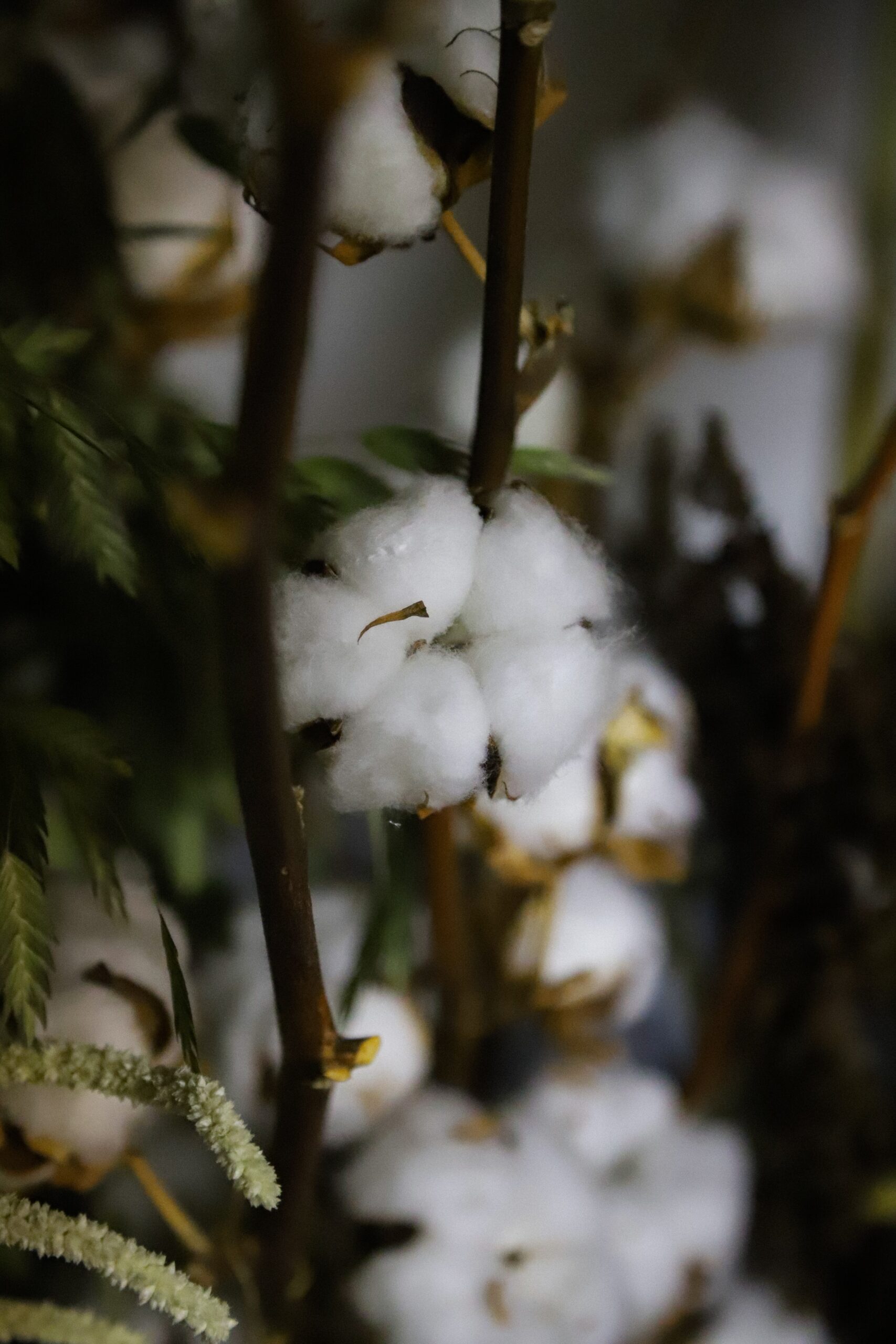Fibers
Know the origin of the natural fibres of our yarns

Alpaca
The wool from Alpaca its one of the most valued for its incredible qualities, it is also distinguished by being the only one with a 100% organic and natural production.
There are two varieties of alpaca: Huacaya and Suri. The Huacaya Alpaca is the most numerous in Peru (93% of the population), it has a short, curly, dense and fluffy fiber that covers almost its entire body, leaving only its face and legs covered with short hair. Suri Alpaca has a straight, silky, long fiber with an exceptional shine.
The color of the fiber is varied (up to 22 colors) and goes from white to black, with shades of brown and gray. This is a feature that is not found in other natural fibers, the so-called ‘noble’, used for textile manufacturing.
Fibers are classified manually according to its fineness, in grades such as Royal Alpaca (less than 19 microns) and Baby Alpaca (22,5 microns).
This fiber is unusually strong and durable, in addition, it is easy to dye to any color and always retains its luster natural.
Alpacas are free range animals that graze on land without pesticides and are not fed with hormones.

Peruvian Highland Sheep
The wool from Peruvian Highland Sheep is obtained from the crossing of different breeds of sheep, including Corridale and Merino, which live in the highlands at more than 2,000 meters above sea level, which provides a very curly and durable wool.
It produces white wool natural as well as natural colors and is dyed by hand.
Merino Wool: We offer Merino wool skeins of the Amano Yarns brand from South America, Europe and Oceania. The fineness range extends between 17 microns and 25 microns. We also offer Merino Superwash within this range.

Organic Pima Cotton
The Organic Pima Cotton it is cultivated in Peru for more than 5,000 years. It has extraordinary characteristics in length, fineness and softness that make possible the production of delicate, very soft and resistant yarns.
It is harvested in an artisanal way and is free of toxic substances in the fields of cultivation in the north of Peru, avoiding damage to the fiber, which gives it a unique shine and touch. In addition, Peru has a ban on transgenic seeds, which reduces the risk of contamination in other cotton-producing countries.
